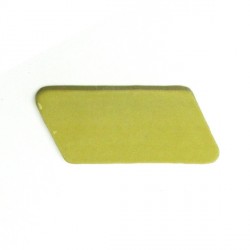Static grass puffer bottles work by manually charging model grass fibres with static electricity. When the charged...
No products
Product successfully added to your shopping cart
There are 0 items in your cart. There is 1 item in your cart.
Search Tips
What is a Brush diesel locomotive?
A Brush diesel locomotive refers to a range of diesel-electric locomotives built by Brush Traction, a prominent British engineering company. Based in Loughborough, Leicestershire, Brush Traction has a long history of manufacturing railway locomotives and other heavy-duty engineering products.
These locomotives are known for their robust design and reliability, making them a popular choice for both freight and passenger services across the UK rail network. Brush diesel locomotives encompass various classes, including some of the most recognisable and widely used in Britain, such as the Class 47 and Class 60.
The Class 47, introduced in the 1960s, became one of the most numerous classes of British mainline diesel locomotives, with many still in service or preserved today. The Class 60, introduced in the late 1980s and early 1990s, was designed for heavy freight and remains a critical component of the UK's freight locomotive fleet.
Other Brush diesels are the Class 31, Class 48, Class 53, Class 57 and the electric Class 92.
Overall, Brush diesel locomotives are celebrated for their engineering excellence and enduring presence on the British railways.
Click here to receive the tips weekly in your mailbox. You can unsubscribe at any time.








